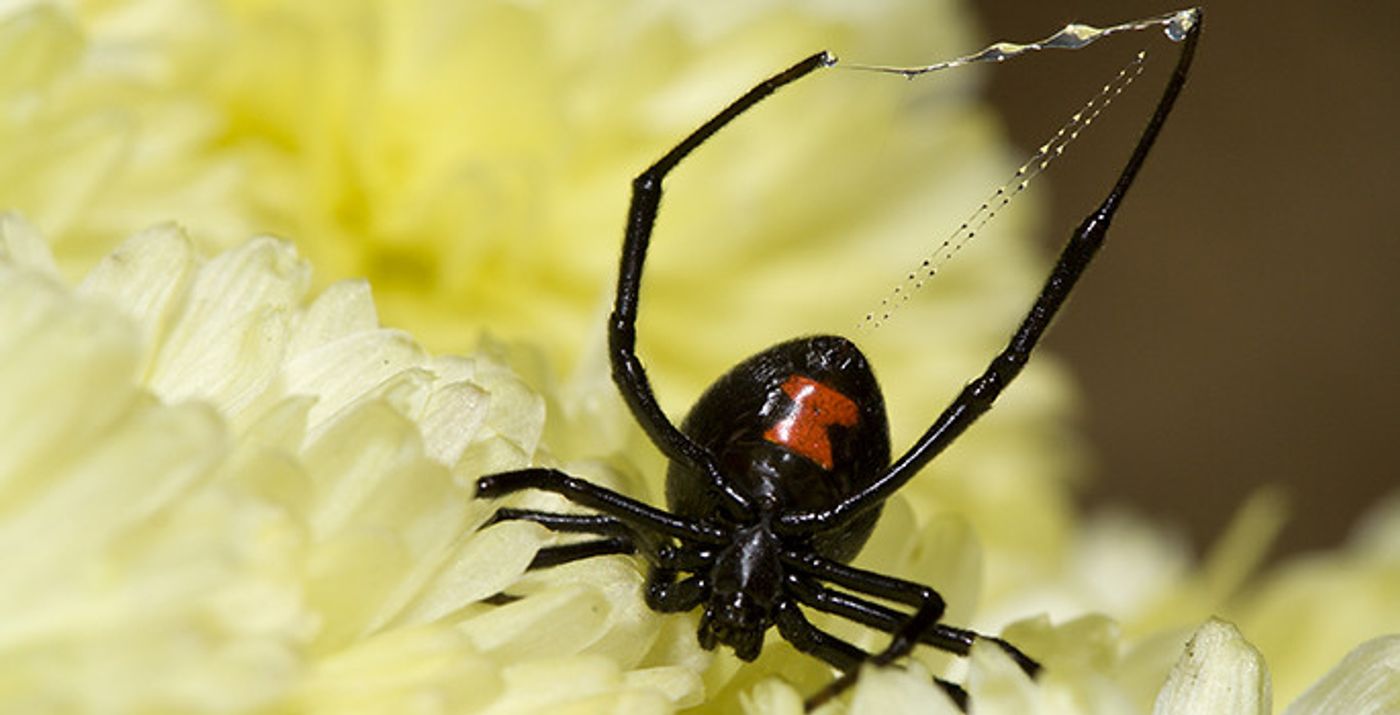Viruses and spider toxin? Sounds like a superhero’s origin story. Not quite. Researchers from Vanderbilt University reported finding a phage that contains genes for making black widow spider toxin; they reported their findings in Nature Communications.
First, a little background. The WO phage infects a bacterium called Wolbachia, and Wolbachia infects insects. According to study author Seth Bordenstein, “Discovering DNA related to the black widow spider toxin gene came as a total surprise because it is the first time that a phage -- a virus that infects bacteria -- has been found carrying animal-like DNA.”
Quick sidenote - the relationship between insects and Wolbachia is pretty fascinating. The bacteria only infect the ovaries of female insects. Because of this, the bacteria have developed a few strategies for maximizing their ability to spread. First, Wolbachia kills infected male larvae to increase the number of females in the population. Second, the bacteria feminize males, producing females or infertile pseudo-females. Third, Wolbachia may allow insects to reproduce by parthenogenesis - a method by which females can reproduce without males. And finally, they induce cytoplasmic incompatibility. This means that males infected with Wolbachia cannot reproduce with uninfected females or with females infected with a different strain of Wolbachia. Holy evolution, Batman!
Back to business. What in the world is a phage doing with spider toxin DNA? Oddly enough, the WO phage does not have any genes that would help it invade or escape Wolbachia cells. The researchers reasoned that the phage may be using the spider toxin as such a tool. “We suspect it makes pores in the membranes of the arthropod cells that surround Wolbachia, thereby allowing the phage to overcome both the bacterial and arthropod membranes that surround it. That may be how it uses some of these proteins”, says Bordenstein.
Bordenstein and colleagues also identified the specific genetic sequences that WO uses to integrate its genetic material into the Wolbachia genome. This research opens the door to new ways for genetically engineering Wolbachia, possibly to help fight insects and the viruses they carry. “The ability to genetically engineer Wolbachia could lead to inserting genes that cause the bacteria to produce traits that increase the effectiveness of using Wolbachia against dengue and Zika viruses. It could also be used to combat other agricultural pests.”
Talk of “engineering” things may raise red flags among some. On the plus side, engineering WO and Wolbachia to target viruses and their insect vectors would eliminate some of the need to use pesticides or other toxic chemicals against insects. The bacteria would also do most of the work for us, spreading themselves rapidly through a mosquito population, for example.
Source: Vanderbilt University,
Nature Communications,
Wikipedia









